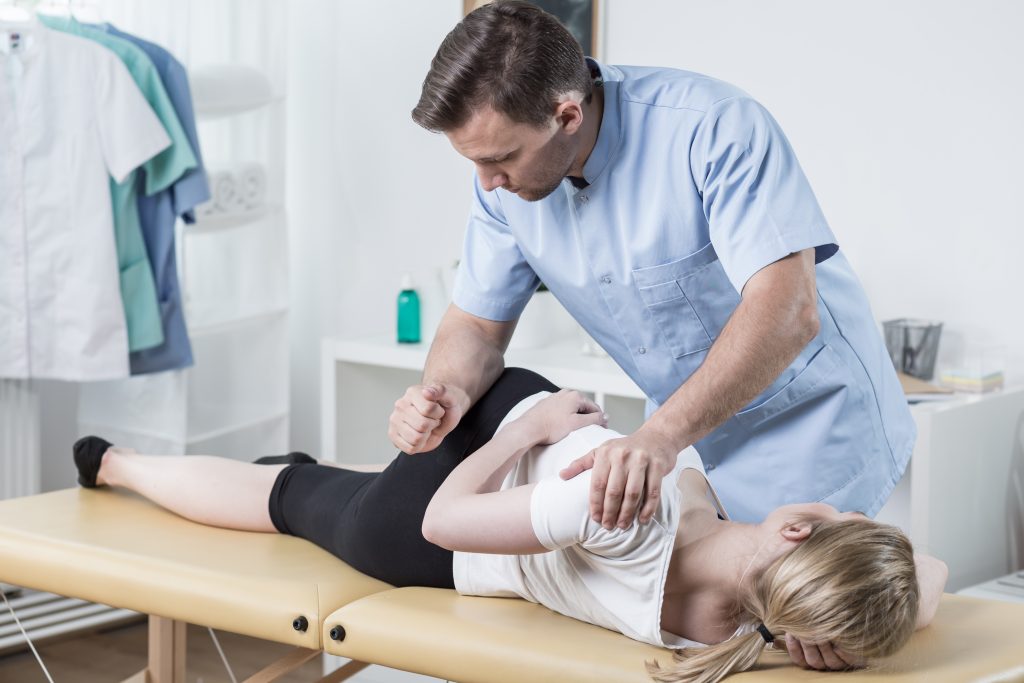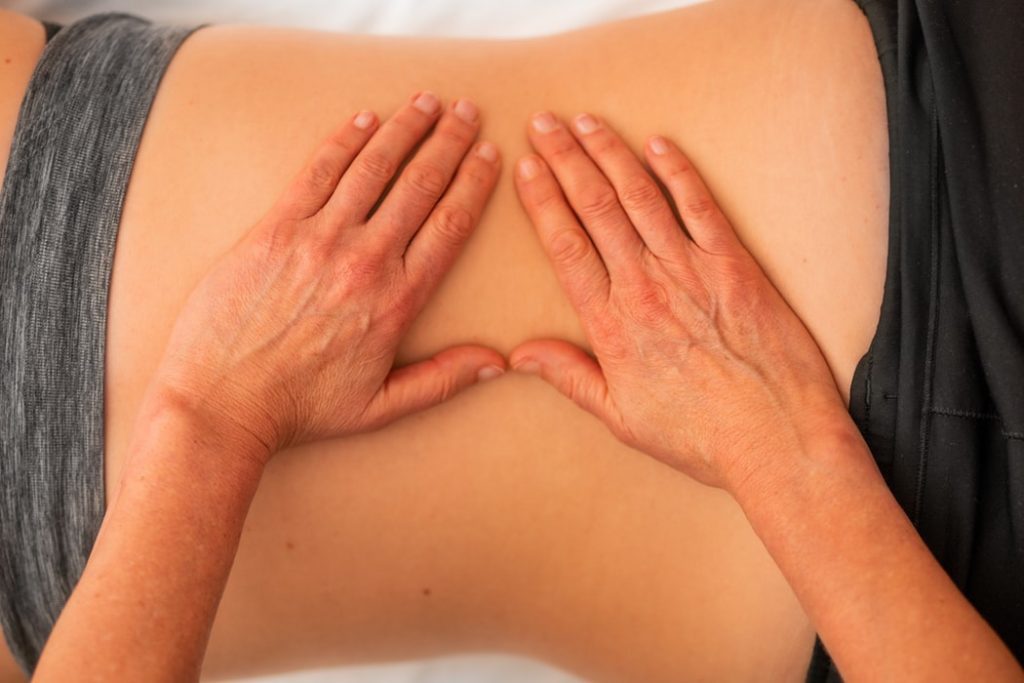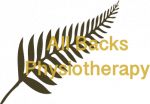Pain Treatment
The Ultimate Guide to Back Pain Relief, Treatment And Prevention
How does the back function, and what is the anatomy?
The back is an incredibly complex and hardworking part of the human body. It comprises several different bones, muscles, ligaments, tendons, and discs all working together to provide support and stability. The spine is the main structure of the back and is made up of 33 vertebrae. These vertebrae are stacked on each other and separated by small discs. The discs act as shock absorbers between the vertebrae and help to keep the spine flexible.
The back muscles work together with the bones and discs to support the spine and enable us to move our back. The ligaments are also crucial in providing support for the spine.
Many things can go wrong with the back and cause pain. Some of the most common causes of back pain include:
– Muscle strain
– Bulging or herniated discs
– Arthritis
– Spinal stenosis
– Osteoporosis
– Sciatica
Fortunately, there are several different treatments available for back pain relief. These include both medical and non-medical treatment options.
Slipped Disc Treatment

What are back pain relief methods?
There are several relief methods you can use to manage back pain. Some people find that over-the-counter or prescription medications help, while others find relief through physical therapy, massage, or acupuncture. Heat and cold therapies are also popular methods of relief.
The mechanisms behind slipped discs include disc herniation, prolapsed discs, pinched nerves and sciatica pain.
Disc herniation, prolapsed discs and pinched nerves are all common causes of back pain. But what exactly is a slipped disc? Let’s take a look at the mechanisms behind this painful condition.
The spinal column comprises bones (vertebrae) stacked on each other. In between these bones are rubbery discs that act as cushions. These discs get damaged over time due to wear and tear and can start to bulge out or herniate.
When a disc herniates, the soft inner material bulges out, putting pressure on the nerves nearby. This can cause pain, numbness and weakness in the affected area. A prolapsed disc is when the entire disc slips out of place. This is usually only seen in severe cases and can be very painful. A pinched nerve occurs when there is pressure on a nerve, usually from a bulging disc or bone spur (a sharp outgrowth of bone). This can cause tingling, numbness or weakness in the affected area. Sciatica is a type of pain that radiates from the lower back down the leg, caused by a pinched sciatic nerve in the lower spine. Pinched nerves can occur in the neck and give referred pain, numbness, weakness to the arm/s and fingers.
How can back pain be prevented?
Maintaining good posture is one of the best ways to prevent back pain. This means sitting up straight with your shoulders back and down and keeping your feet flat on the floor. If you have to sit for long periods, take breaks and move around every few minutes. Other helpful tips include maintaining a healthy weight, exercising regularly, and avoiding lifting heavy objects. If you already have back pain, there are several things you can do to find relief.
Over-the-counter pain medications can help, application of heat or ice to the affected area also. If your pain is severe, you may need to see a Physiotherapy back specialist and if need be, a GP for pain medication to assist. Taking care of yourself is crucial – get plenty of rest and don’t overload yourself incorrectly with incorrect activity. Having said that inactivity is just as bad as excessive incorrect activity so knowing the balance is taught by Physiotherapist in the treatment and prevention of spine pain.
You can live a whole life despite back pain with proper care and precaution. Many see a Physiotherapist, like they do when they send their car in for an MOT, to keep their bodies in check and prevent any issues arising.
